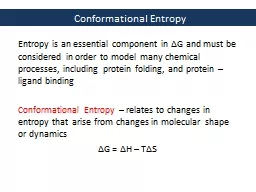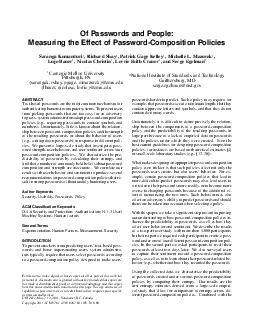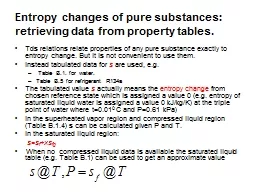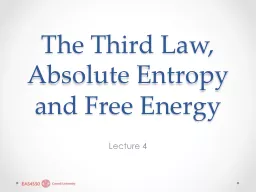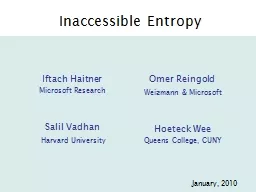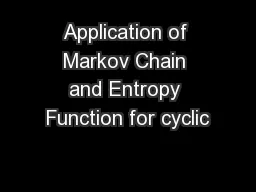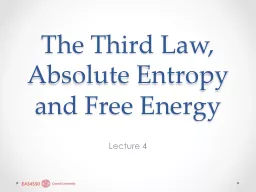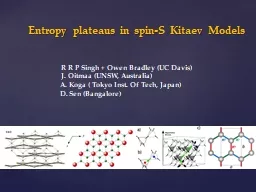PPT-Conformational Entropy
Author : danika-pritchard | Published Date : 2016-03-07
Entropy is an essential component in Δ G and must be considered in order to model many chemical processes including protein folding and protein ligand binding
Presentation Embed Code
Download Presentation
Download Presentation The PPT/PDF document "Conformational Entropy" is the property of its rightful owner. Permission is granted to download and print the materials on this website for personal, non-commercial use only, and to display it on your personal computer provided you do not modify the materials and that you retain all copyright notices contained in the materials. By downloading content from our website, you accept the terms of this agreement.
Conformational Entropy: Transcript
Download Rules Of Document
"Conformational Entropy"The content belongs to its owner. You may download and print it for personal use, without modification, and keep all copyright notices. By downloading, you agree to these terms.
Related Documents

